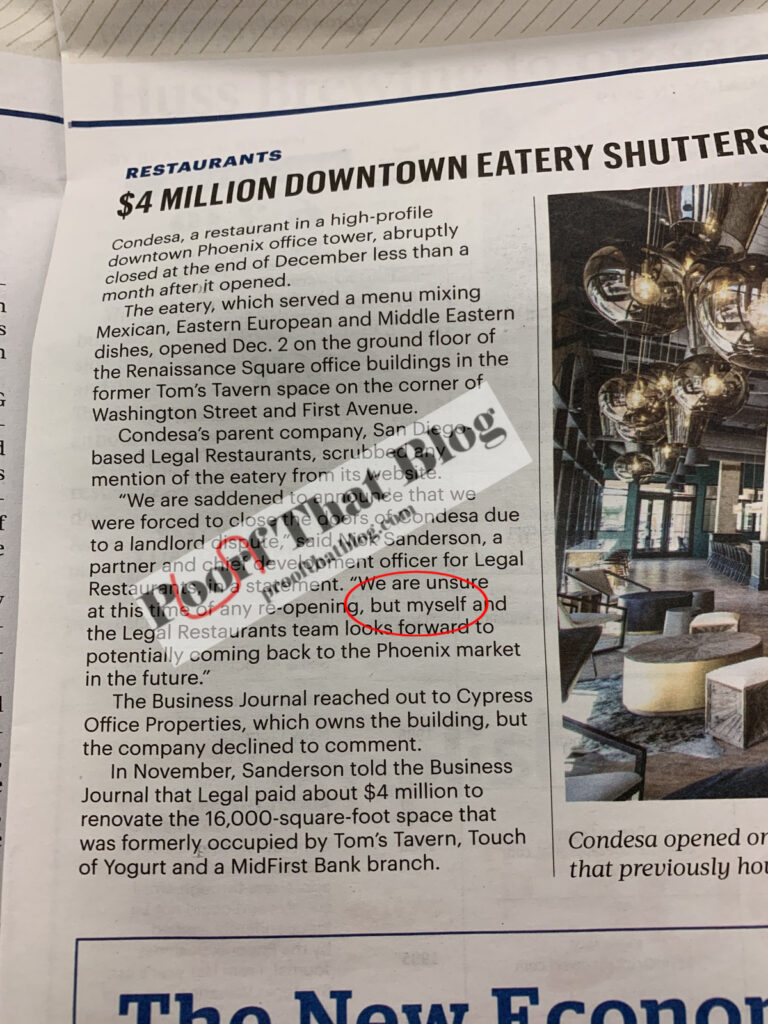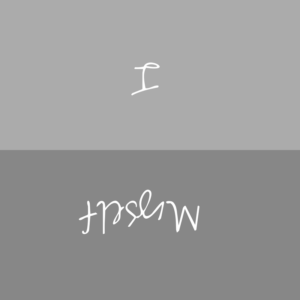I saw this in a local business newspaper. It illustrates the problem with reflexive pronouns. Those are the “-self” words like myself, herself, himself. Read this post on reflexive pronouns to help you avoid the improper use of the “-self” words.

I saw this in a local business newspaper. It illustrates the problem with reflexive pronouns. Those are the “-self” words like myself, herself, himself. Read this post on reflexive pronouns to help you avoid the improper use of the “-self” words.

 While I’ve written about reflexive pronouns before (https://proofthatblog.com/2012/11/26/me-myself-and-i/), it is important enough that some of it bears repeating.
While I’ve written about reflexive pronouns before (https://proofthatblog.com/2012/11/26/me-myself-and-i/), it is important enough that some of it bears repeating.
Pronouns are words that substitute for nouns and other pronouns. Personal pronouns are what we will be talking about here and they indicate the person speaking, the person spoken to, or the person or object spoken of. It is the I, you, me, they, he, she, it of English. You typically choose the pronoun based on the person it is replacing. For instance:
The challenge comes with reflexive pronouns, which are pronouns that end in -self and reflect back on the pronoun previously mentioned. For example:
What is NOT correct is using the reflexive pronoun alone–without it being able to reflect back on the pronoun. So, for instance, saying:
is not correct because in both places. Myself has nothing in the sentence to reflect back to. It should be:
Further examples are:
As for when to choose me and when to choose I, a little bit of adjusting and testing will make it easier to make the correct choice. For instance, in the sentences above:
I hope all this makes it easier for you to use the proper reflexive pronouns when you’re talking about yourself (see what I did there?). Otherwise, I will continue to bang my head against the wall at hearing “myself” used inappropriately.